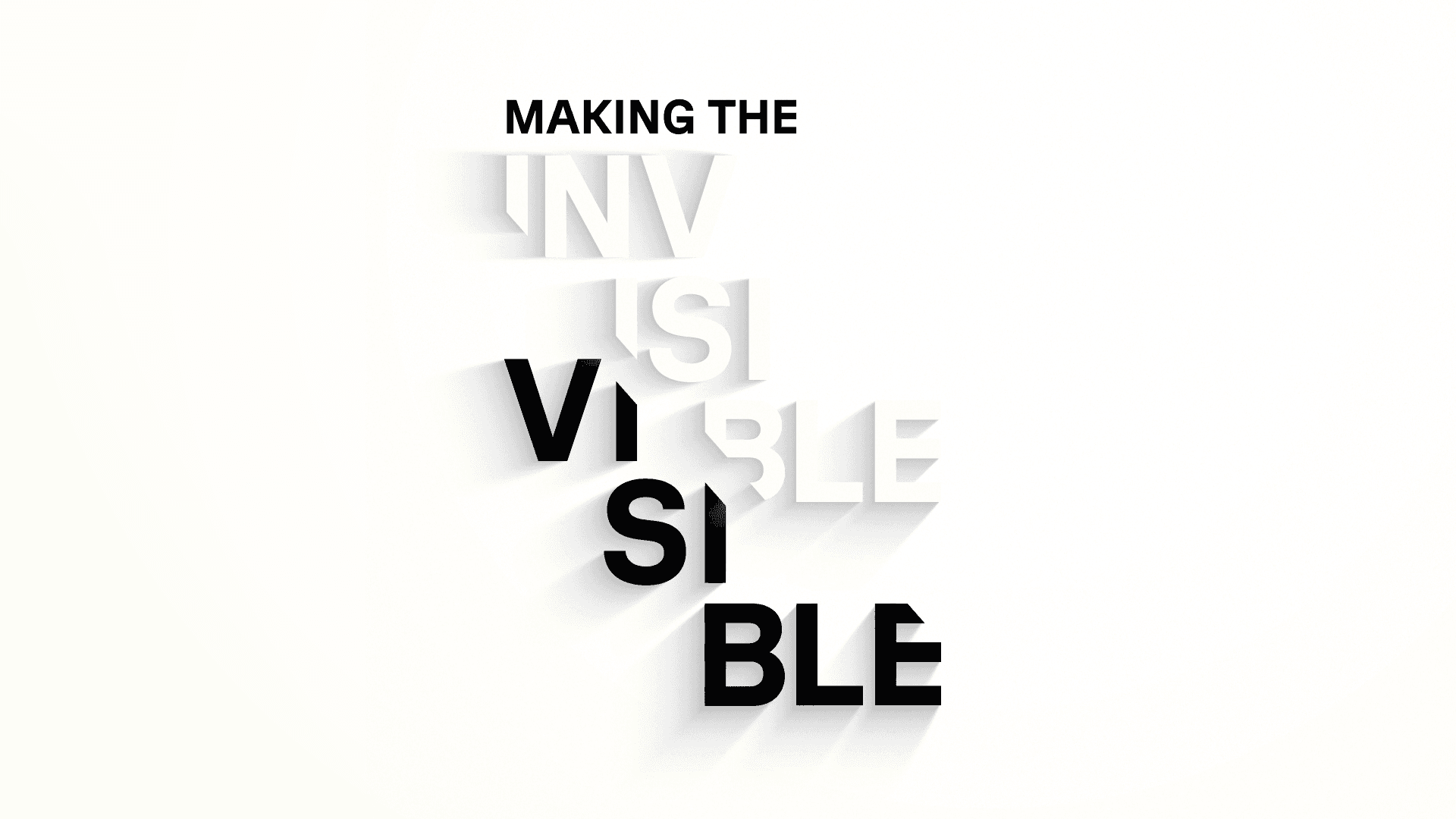Collections Strategy Overview


Overview
What is an “acquisition”?
When an object is voted into Arkive, it enters our permanent collection, where we promise to preserve this object for posterity. The earliest etymology of the word “curate” is actually spiritual, and comes from the Medieval Latin curatis: “one responsible for the care (of souls).” For our purposes, it comes more from the Latin curae, meaning “to take care of.”
In the immediate future, an acquisition means that we will exhibit the object within a thoughtful context and under the umbrella of a curatorial theme. In the long term, each object will allow us to tell stories independent of the curatorial theme—about a cultural moment, the creator or artist—that we believe will have continued and developing significance for society.
A (starting) collections strategy
We don’t want to replicate other museum collections; rather, we want to collect in a way that makes Arkive a real value-add to the existing museum ecosystem. To that end, we want to prioritize art and artifacts that existing museums may not be collecting as much now. This includes marginalized and fringe voices, as well as practices that are experimental, avant-garde, or ephemeral. Of course, we want to approach this diversity thoughtfully, in ways that can alleviate the need for terms like “diversity and inclusion.” Historically, collections have often been built through forceful dispossessions through extractions of communities and nations; it is our hope to collectively redefine what “acquisition” might mean, creating long-term commitments to creators’ practices, their communities, and their work. To acquire is to look to the future by caring for the past, together.
Key themes
- Experimental: Works that challenge, disrupt, mend, and inflect cultural history.
- Transformative: What would it mean to collect not in a “diverse and inclusive” way, but in a way that might challenge existing racial / identity hierarchies. How can we prioritize historically marginalized voices, and render the terms of their marginalization obsolete?
- Museum: We don’t want to replicate other museum collections, which have had centuries to build, but collect in a way that makes Arkive a real value add to the existing museum ecosystem. To that end, we might prioritize things that existing museums find too traditional, or too unusual, to acquire themselves.
Criteria to consider
- How well does this artist reflect the theme of "When Technology Was a Game Changer"?
- Does the artist or work benefit in some way by being in the Arkive collection, specifically?
- Does the work make you curious?
- What cultural impact has this work had in the contemporary or historical context? Does this artist have the potential to impact art or cultural history?
- What stories about art, culture, and pop culture, will this allow us to tell now? In 30 years?
- As the collection grows, what relation does it have to other works by the same or related artists already in the collection?
- Does the work feel unique or avant-garde?
- Does the work fulfill the artist’s intent?
An example
The Arkive Collection should include items that directly relate to the mission of the institution. These objects should reflect the diversity and breadth of the collective’s membership, while preserving historical and artistic rigor.
Here's an example under the "When Technology Was a Game Changer" collection theme:
- A cool old paperback copy of Foundation - Hobby (not Arkive worthy)
- A first edition of Foundation - Enthusiast (not Arkive worthy)
- A signed first edition of Foundation - Collectible (getting closer!)
- A first edition of Foundation inscribed by Asimov to Carl Sagan (for ex.) - Arkive worthy!


